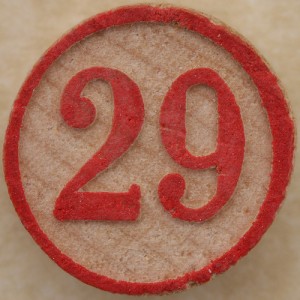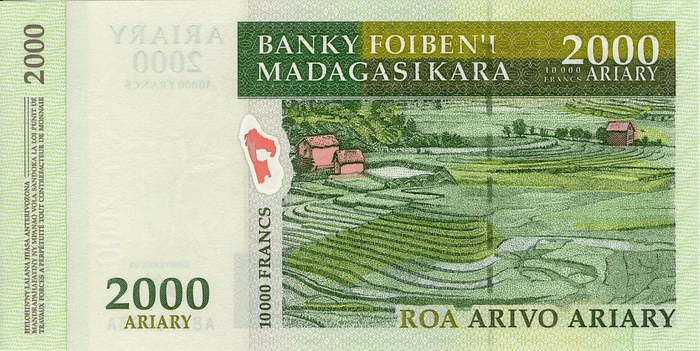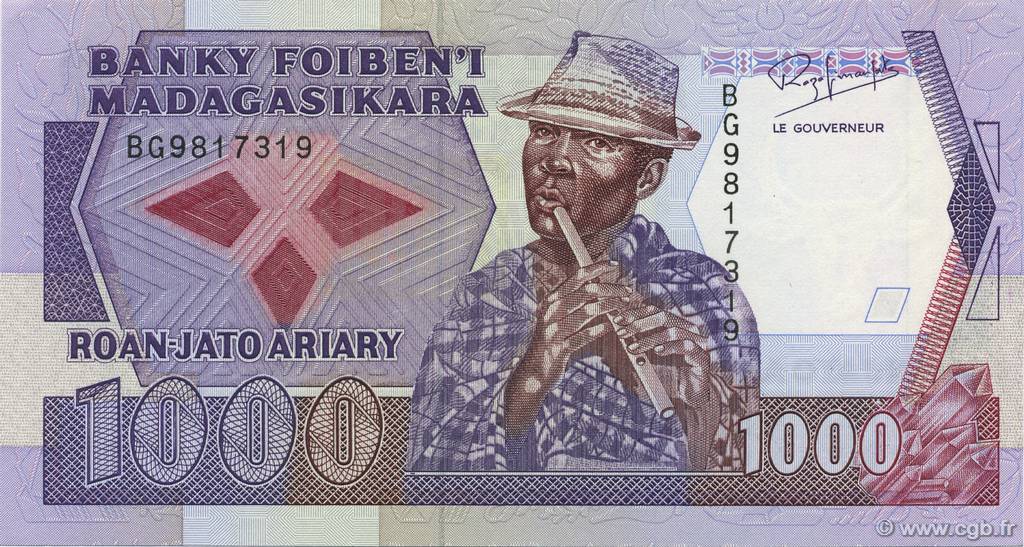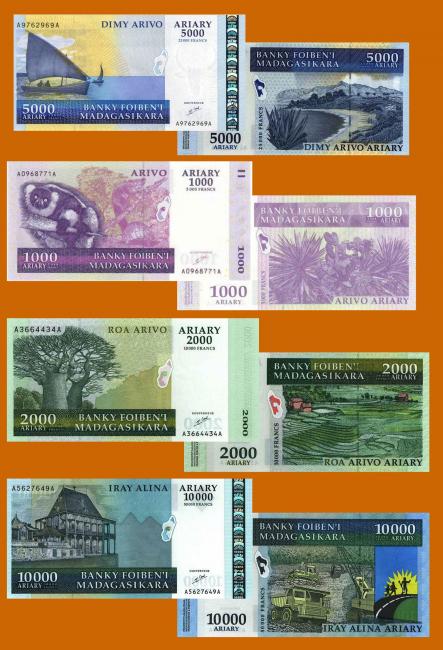MADAGASCAR WAS THE SITE OF A 6 MONTH BATTLE DURING WWII.
(Please excuse another WWII post. . . I find it rather fascinating)
The strategic location of Madagascar made it a key foothold in the Indian Ocean, and (as mentioned in a previous post), when France fell to Axis control, Madagascar went along with it.
In 1942, the British Navy had been backed into a corner in the Indian Ocean, and were headquartered in Kenya. The supply routes to ground forces in Africa and the fleet in the Pacific were threatened by the potential of Japanese naval forces in Madagascar. There was talk of Vichy France ceding Madagascar to Japan for that express purpose. Churchill saw this as too great a threat to ignore, and an amphibious assault plan was drawn out.
 |
| Map showing the landing site of the initial assault. |
On May 5, 1942, Operation Ironclad took place. Assault forces landed in the northern tip of the island, facing about 8,000 Vichy troops, lead by Governor General Armand Leon Annet. Around 6,000 of those were local Malagasy infantry, or "tirailleurs," and the rest were mostly Senegalese.
 |
| Senegalese Tirailleurs. |
While the main attack pushed in from the north, a diversionary attack force landed in Tamatave (aka Toamasina, aka where the Africa Mercy is presently docked).
 |
| Allied forces landing in Tamatave |
 |
| The HMS Warspite accompanied by a Martlet patrol near Madagascar. |
The following ground campaign progressed slowly for about 6 months, including another major ground assault named Operation Streamline Jane in September 1942. Eventually, the capitol of Antananarivo (then called "Tananarive"...who decided to add more syllables!?) fell, and and on the 6th of November, an armistice was signed.
 |
| British Battery position near Ambrositra, Madagascar. |
 |
| RAF Lysanders on patrol over Madagascar after the Armistice. |
After the war ended, as I mentioned, an uprising pushed the French to grant Madagascar its independence, and no more meddling European rule dragging them into wars.
Alright. I promise not to make any more WWII posts. K?
À la prochaine!






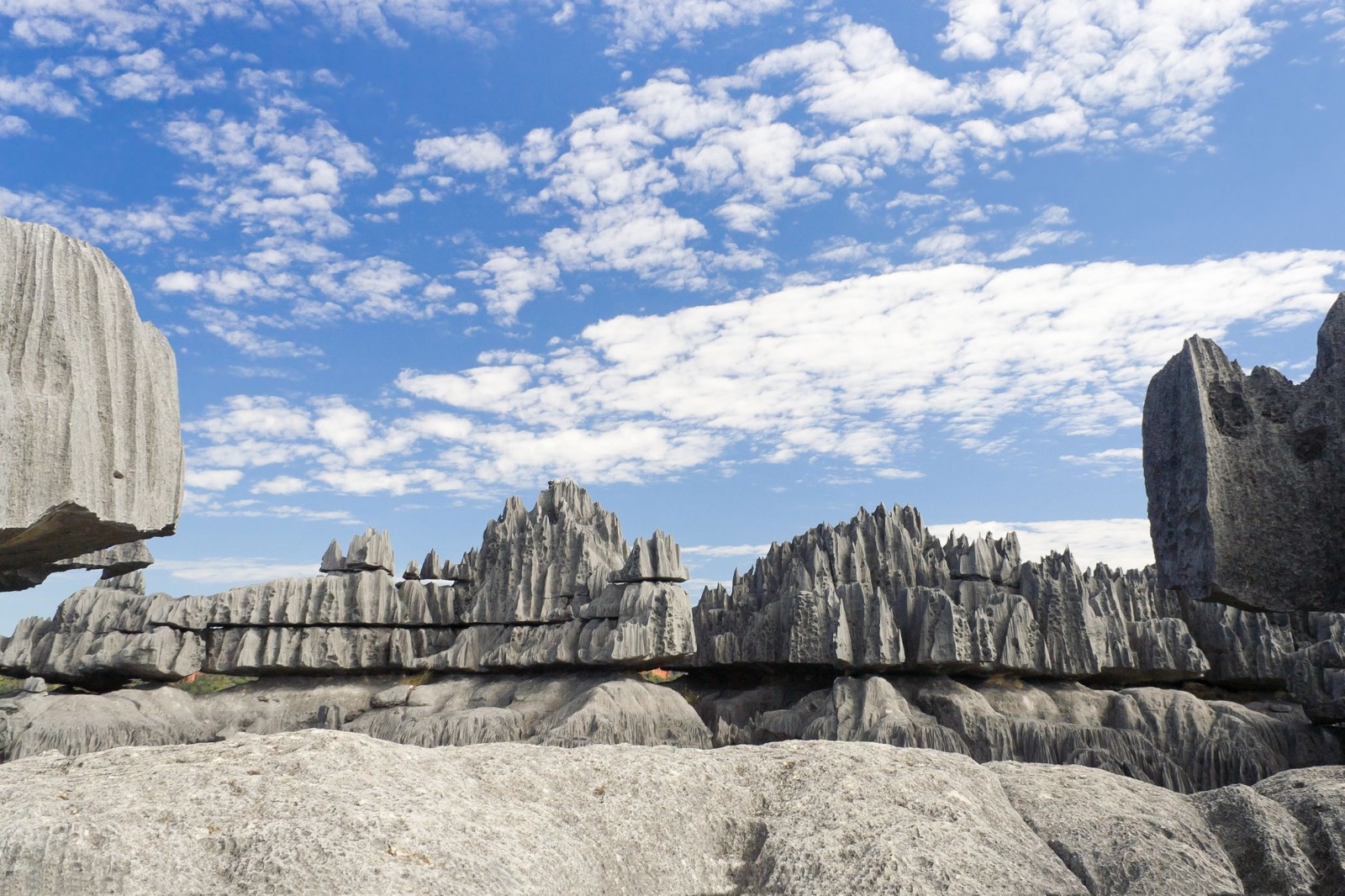

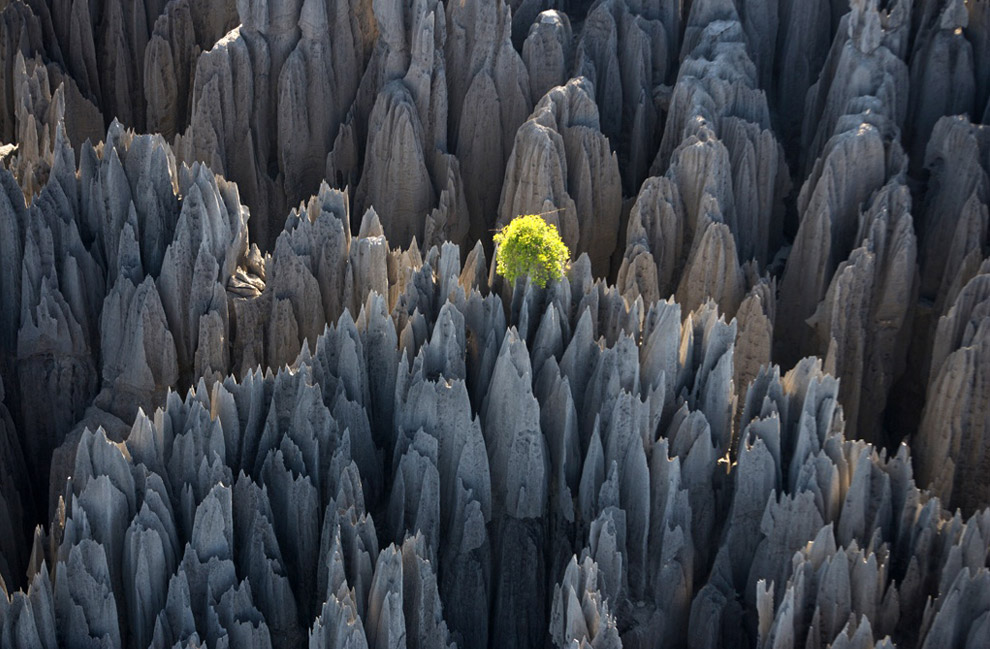








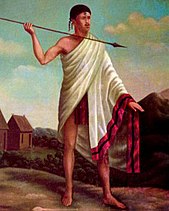





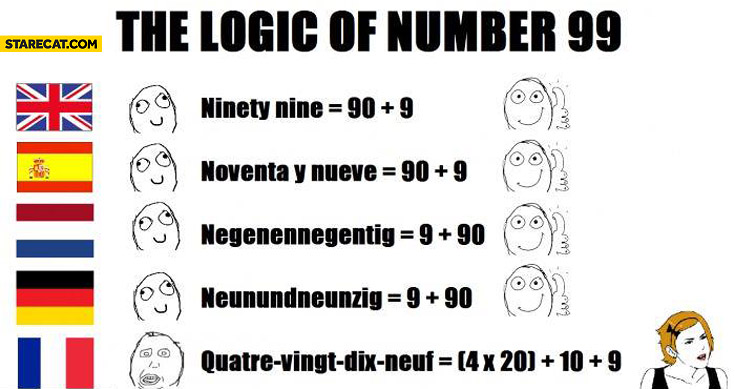
.svg/2000px-US_27_(FL).svg.png)

